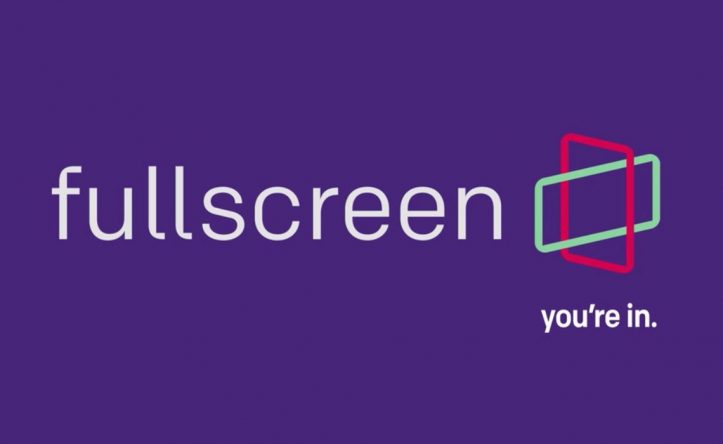What is Full-screen? A lot of us never get around to learning about a phenomenon that is slowly taking over the world of televisions, and that phenomenon is full-screen. Instead, we are more interested in, or succumb to, the hype of the advertisements for the latest full-screen televisions with wireless capabilities. The question is: “What is Full-screen?”
Think of old TV broadcasts. If you’ve ever seen an early version of “This is Your Life” on TV, you probably remember the narrow screen and the limited color palette. If you’re older, you’ll also remember the black and white video feed and the choppy sound. The difference between the early full-screen broadcasts and the latest is the technology used to reproduce those images. And the difference between today’s full-screen televisions and the earlier models used to be captured in one part of the picture frame: the “urst” or top-left corner.

The earliest full-screen units were simply large TV screens with narrow lines between the TV and the “urst” to control the amount of light that was allowed into the screen. While these kinds of units worked well for static content, it was necessary to actually program the video so that it could be seen in a new way. In other words, the full-screen was really a PILF model (or picture-in-picture) device. Picture-in-picture is the name of the technology that allows current full-screen units to project a live picture on a small TV screen, using a digital signal instead of VCR or DVD lines.
This is not the same as a camcorder, though they share some of the same characteristics. A camcorder uses a camcorder lens to record the video image and then compresses the resulting video into a single wide shot. A Full-Screen unit, on the other hand, uses a television screen as the display device to show the video and usually has additional features such as audio output and recording options. What is full-screen, then, is a combination of a camcorder and a TV monitor that allow the user to watch the recorded video on the television screen and then “parrot” the audio back to the user through the speakers. These devices are often referred to as “DVRs” (digital video recorder).
Video television programming, along with other forms of media such as audio CDs and DVDs, can be recorded on High Definition Televisions or DVD players. What is full-screen is the technology that allows this to happen. Modern HDTVs (high definition television) record the video directly to a DVD player or an HDTV server so that the images can be watched on the television screen. Modern full-screen units allow users to record the video directly to a DVD player or HDTV server so that the images can be watched on the television screen.
While the technology behind full-screen is relatively simple – the recording of the video onto a hard drive and then playing it back to the user on the television – the benefits of full-screen are huge. The first benefit is that there is no longer a need for VCRs or DVRs because with the advent of full-screen recorders, television viewing is now able to be recorded and viewed at any time. The second benefit is that there is no need for extra cables connecting the TV to the unit, nor does it need a DVD burner. A third benefit is that there is no need for an expensive converter box. What is full-screen is a completely electronic system that connects a digital recording source and a TV monitor. In short, it’s the total electronic equivalent of VHS.
What is full-screen is actually a growing market. There are full-screen recorders that can record and play video from several different sources and also function as a DVR (digital video recorder) as well. For example, in addition to recording television programming and switching it out for the viewer’s enjoyment, these types of machines may be used to record movies, play music videos, and even stage shows. However, the most widely used model is the type that allows you to record and play audio as well.
One of the main reasons why so many people own digital recorders these days is because they can be used to watch media such as DVDs whenever they want (as long as the video is not tampered with). Another reason is that with the advent of full-screen recorders, television viewing is now being recorded and viewed right on the TV set itself. This means that instead of having to travel to a TV or DVD store, the entire home can have access to television programming! What is Full-screenis only the first step in this direction, however. Other technologies such as HDTV and 3D technology mean that the full-screen experience will only get better.